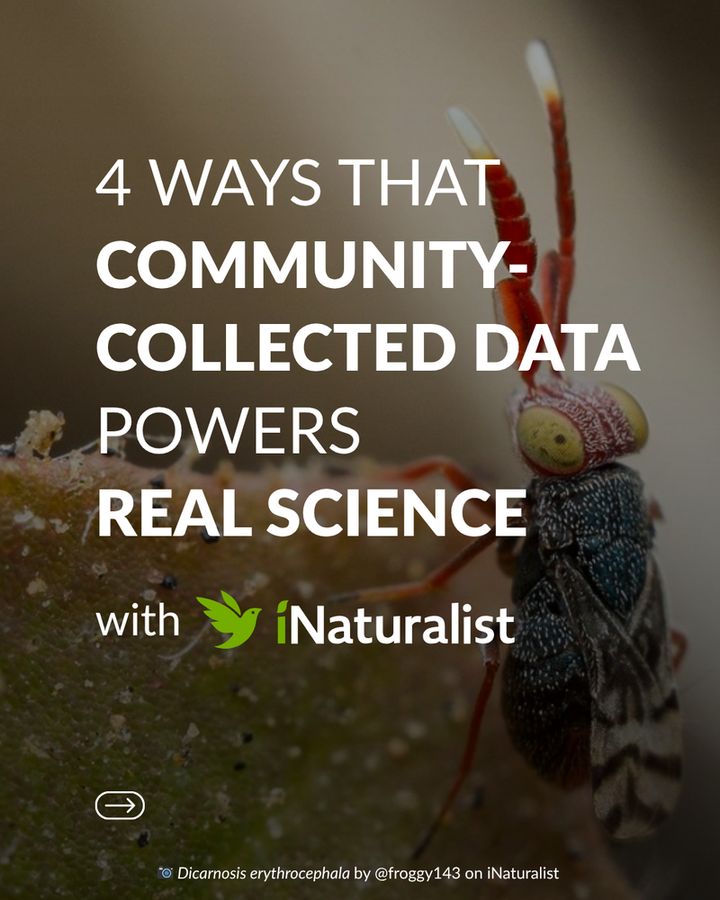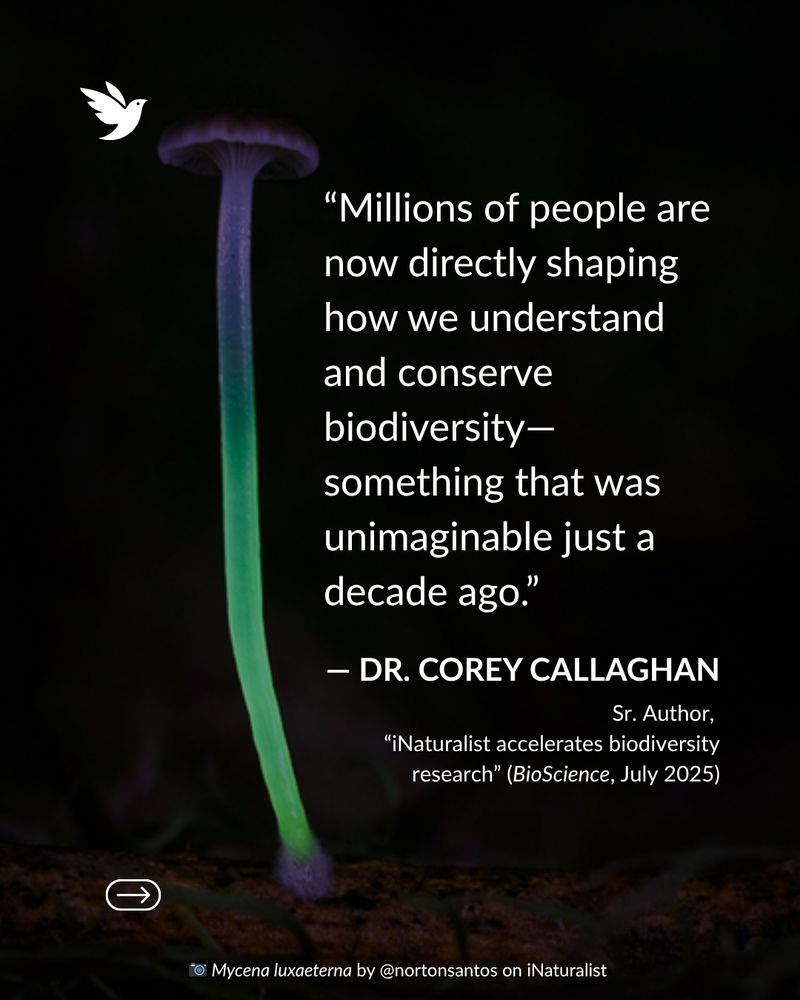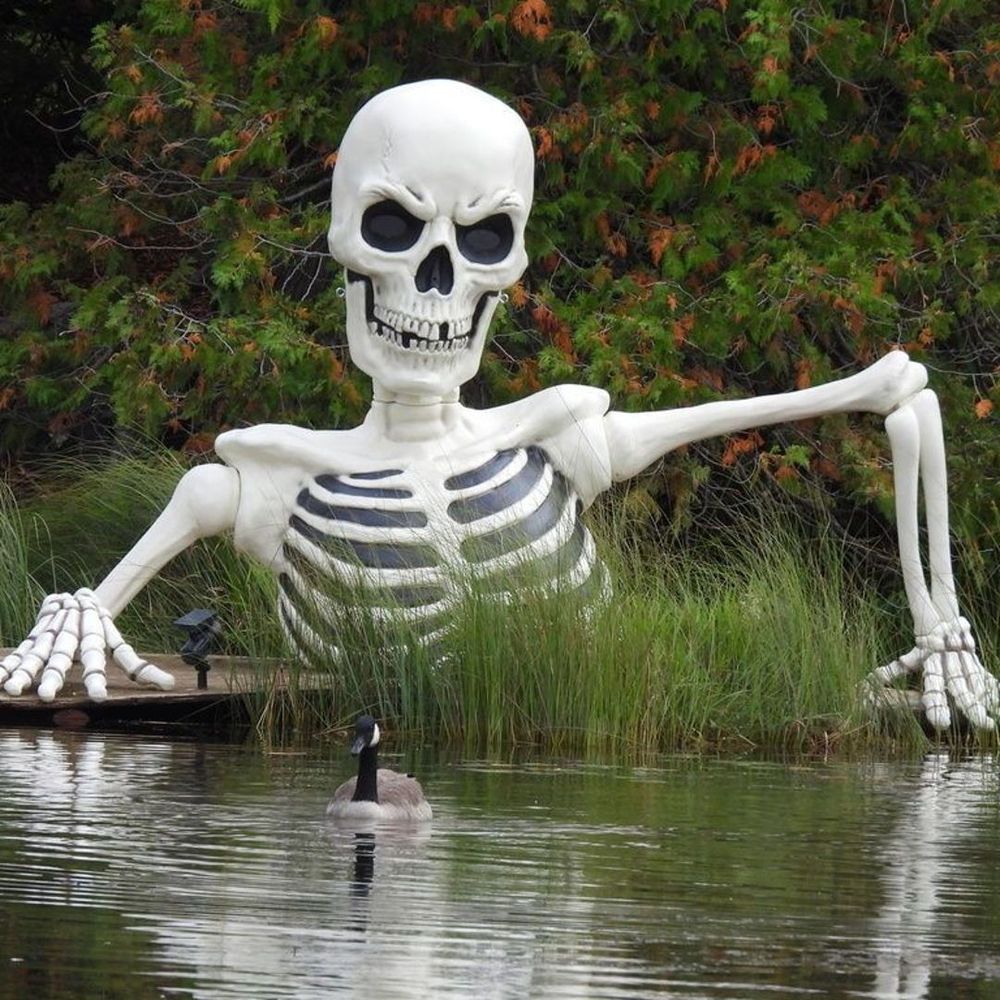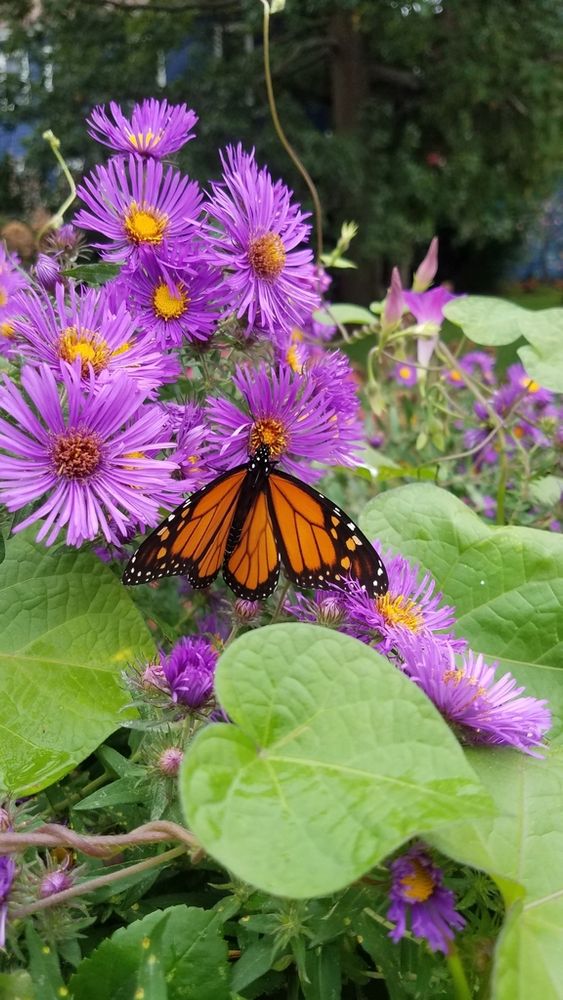iNaturalist
@inaturalist.bsky.social
6.3K followers
25 following
370 posts
The place where your nature photos impact science & conservation around the world. Free, nonprofit, & community-powered. 🪲🐌🌿
Posts
Media
Videos
Starter Packs
Pinned
Reposted by iNaturalist
Reposted by iNaturalist
Reposted by iNaturalist









































